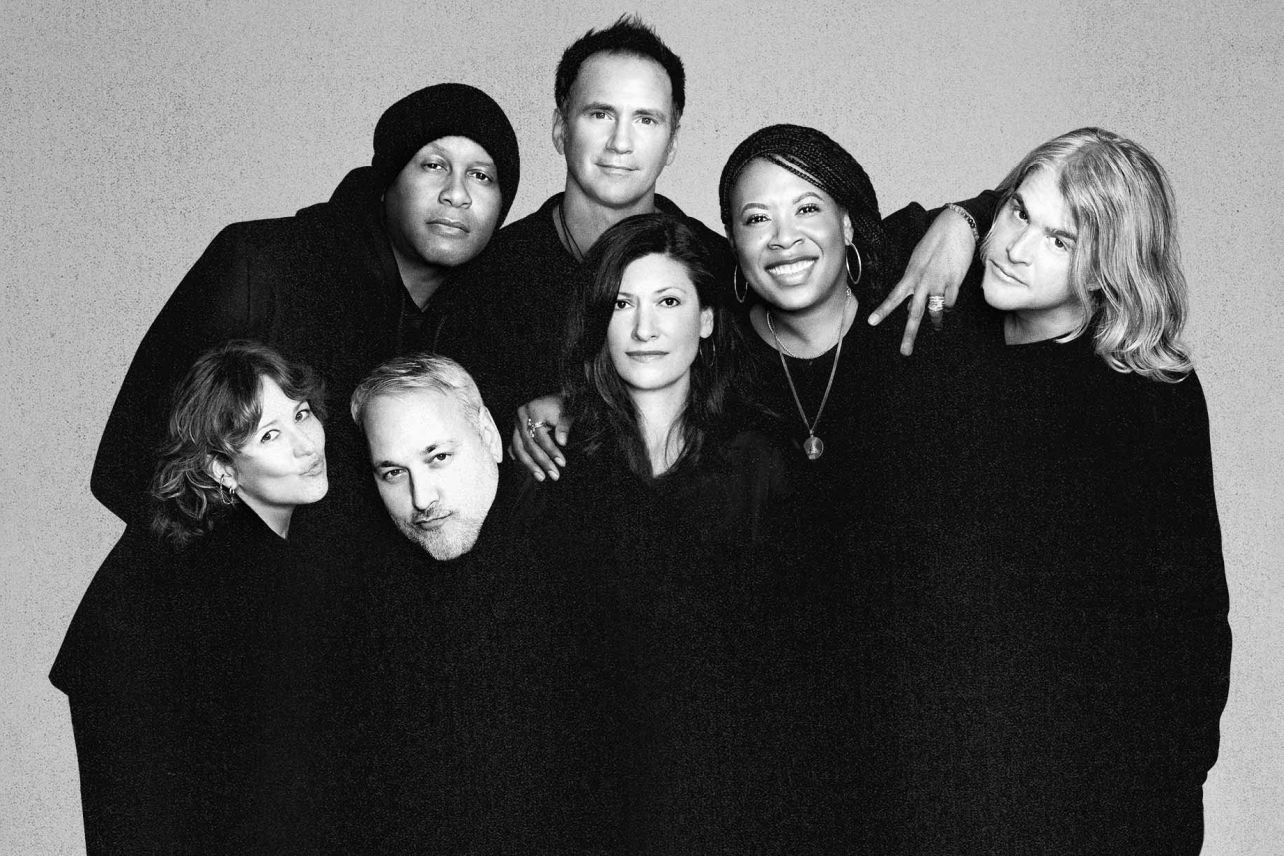Back in 1992, seven strangers moved in to a New York City loft together to find out what happens when people stop being polite and start getting real. Now — nearly three decades after they pioneered reality TV as we know it — they’re doing it again.
The original cast of The Real World has reunited for a new series (The Real World Homecoming: New York) on ViacomCBS’s new streaming service Paramount+, and in doing so, they’ve thrust themselves back into the genre they helped create, even though it looks vastly different now.
The first episode of the reunion series (which premiered on Paramount+ on Thursday and is also currently available on YouTube) mostly sees Becky Blasband, Andre Comeau, Heather B. Gardner, Julie Gentry, Norman Korpi and Kevin Powell arriving to the very same loft where it all began and marveling over how much time has passed. (Eric Nies appears and participates via video chat after testing positive for COVID-19.) Naturally, the show leans into this, relying on a healthy amount of old clips from their original season to highlight just how much has changed since it aired. For now, at least, they seem genuinely happy to see each other again. But what’s most striking about the premiere isn’t how they’ve aged or how long it’s been since they’ve all been in a room together. It’s the fact that they’ve been granted a rare gift for early MTV reality stars who rose to fame pre-social media: a chance to reclaim their narrative.
As they bring us up to speed on what’s happening in their lives now and reflect on their time on the show, nearly every The Real World Homecoming cast member takes a moment to point out the ways they’ve grown since first appearing on TV in their late teens/early 20s. Becky admits she was too cocky back in ’92, while Andre admits he should have spoken up more and vows to use his voice this time around. Heather recalls not understanding at the time why Kevin — who butted heads with several castmates about race and was painted by some as the show’s “angry Black man” — was upset because she was more focused on partying. “But I get it,” she says. “And I had to live to appreciate it.” (The teaser for the remainder of the season hints that a larger conversation about race from the cast is coming in subsequent episodes.)
They’re hardly the first people from their age bracket to appear on a reality show (see: pretty much every Real Housewives cast), but they are the first to come back older and wiser after decades away, and the premiere serves as a reminder of just how different the genre is now than it was when they first agreed to be filmed. At one point, they discover the loft’s new confessional booth and remark that they never had one before — the reality-TV “confessional,” now a staple of the genre, did not yet exist during The Real World‘s first season because reality TV itself didn’t exist.
In subsequent seasons, especially the later ones, The Real World became notorious for casting certain “types,” plying them with free booze and leaving them to fight and/or hook up with each other. Every season seemed to have the Outspoken One, the Annoying Problematic One, the Sheltered Kid from the Country, the Token LGBTQ One and the Soft-Spoken Boring One. Savvy show participants who grew up watching earlier seasons knew they were likely to be edited to fit those roles, and some of them even leaned into them with the hopes of getting more screentime. But there was no such thing as a “reality star” when the original cast signed on to the show, and they had no idea what they were getting themselves into. Social media didn’t exist back then either, so unlike more modern reality stars, they didn’t have the ability to clarify comments that may have been taken out of context or push back on how they were portrayed in real-time. This time around, they’re much more aware of what they’re doing. (When Julie first pulls up to the house, for example, she admits she’s “nervous they won’t give production what they want.”)
The thing is, everyone is an idiot in their early 20s. (It’s science! Our brains don’t even stop developing until we’re 25.) That is, of course, what makes people that age ideal for the dramatics of reality TV. But many of MTV’s earliest stars of the format are only known to us as the worst versions of themselves, their young, dumb antics preserved for posterity like a bug trapped in amber. The Real World Homecoming gives them an opportunity to show us how they’ve changed. Many of the issues they tackled back in ’92 are sadly still relevant today. (While we originally saw them sparring over the Rodney King verdict, this time around they’re confronted with Black Lives Matter.) In some ways, they’ve been given a mulligan; they can move past some of their youthful transgressions by demonstrating the ways they’ve grown. Of course, only time will tell if they seize the opportunity or slip into old habits, but it’s a fascinating premise — and a reminder of what reality TV once was and can be.
This article was featured in the InsideHook newsletter. Sign up now.
